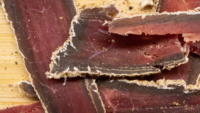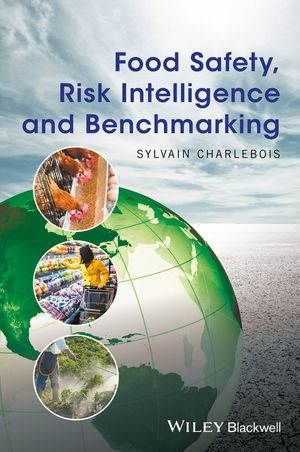Norway Releases Risk Ranking Report, Toxoplasma gondii Tops List

Norway has released a risk ranking report of 20 pathogens, and Toxoplasma gondii is at the top of the list.
It was followed by Campylobacter, Echinococcus multilocularis, enterohaemorrhagic Escherichia coli (EHEC), Listeria monocytogenes, and non-typhoidal Salmonella, according to the Norwegian Scientific Committee for Food and Environment (VKM).
The report was commissioned by the Norwegian Food Safety Authority, and it will be used for risk-based prioritization of programs for monitoring and controlling pathogens in food and water.
Risk ranking was based on a few factors, including the number of water and foodborne illnesses, severity of acute and chronic disease, fraction of chronic illness, fatality rate, and the probability for future increased disease burden. The overall risk score for each pathogen was calculated by weighing six criteria related to public health.
VKM looked at data from national surveillance and monitoring programs, prevalence surveys, outbreak investigations, and research, including epidemiological studies. When there was a lack of Norwegian data, international reports were used.
The bottom five pathogens were Clostridium botulinum, Staphylococcus aureus, Clostridium perfringens, Bacillus cereus, and Anisakidae.
If number of foodborne illnesses was the most important criterion, the highest ranked pathogens would become norovirus and Campylobacter. When morbidity severity has maximal importance, the order is Toxoplasma, E. multilocularis, EHEC, C. botulinum, and Listeria.
VKM also noticed which foods the pathogens are commonly found in, the importance of food as a source of infection, and the main risk factors.
Fresh vegetables were one of the most important food sources for 12 of the 20 infectious agents, drinking water was associated with 8, and 5 were linked to raw milk products.
The main food vehicles of T. gondii were undercooked meat from sheep, pigs, and cattle, and unwashed fresh produce. For E. multilocularis it was eating unwashed raw vegetables, herbs, fruits, or berries contaminated with parasite eggs or drinking contaminated water.
Drinking water and poultry are the main vehicles for Campylobacter as well as consumption of raw, unpasteurized milk and dairy products. For Salmonella, it was various imported foods of animal or vegetable origin and foreign travel.
The top culprits for EHEC were undercooked meat from sheep and cattle, fresh produce, and unpasteurized milk products. For Listeria, the list included cold cuts, soft cheeses, fermented fish (rakfisk), and unpasteurized milk products.
Looking for a reprint of this article?
From high-res PDFs to custom plaques, order your copy today!







.webp?t=1721343192)